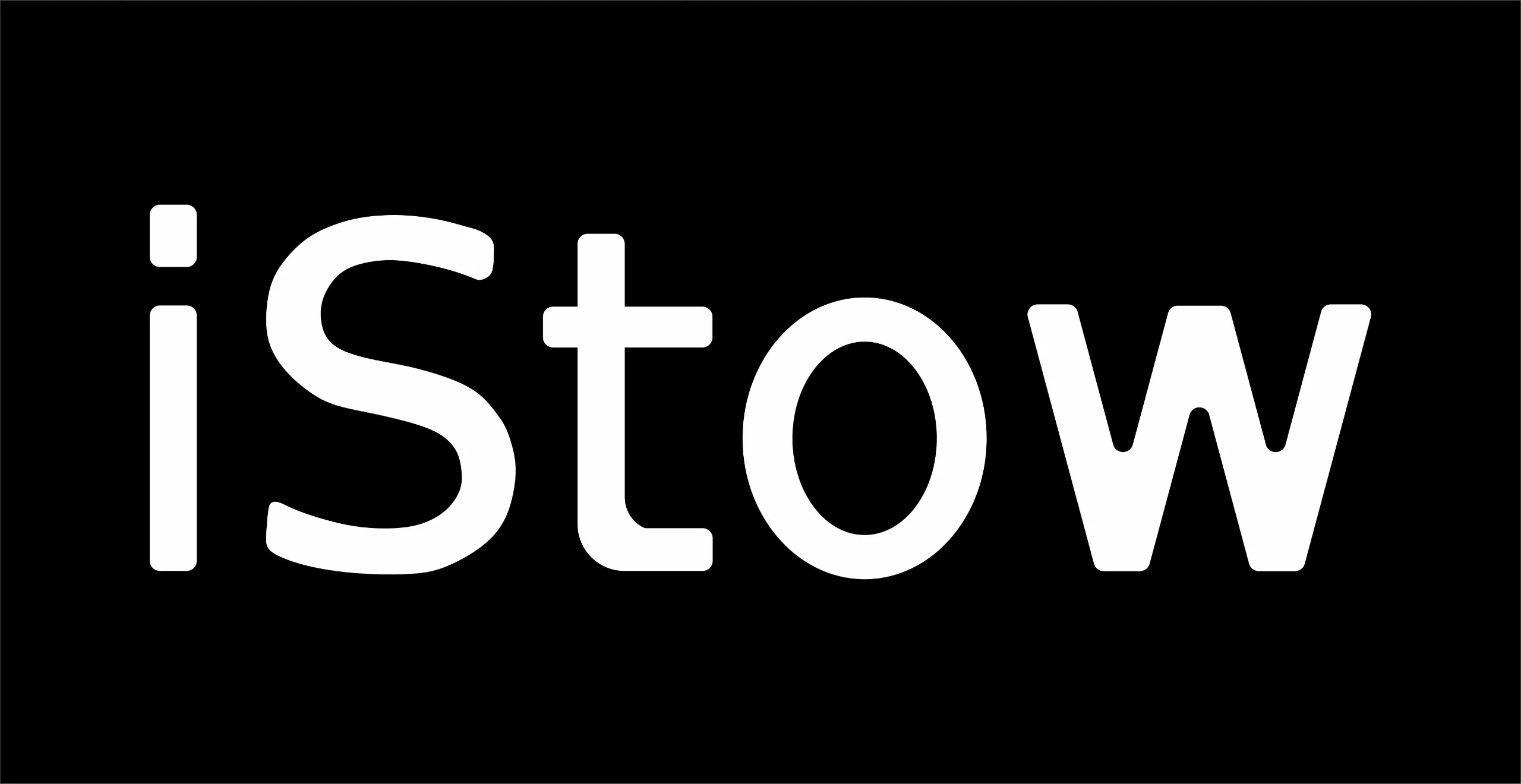P&I and H&M Insurance in the Maritime Industry
Ships and their cargo face various risks during voyages, which inherently involve high risks. When a ship is at sea, both the ship and its cargo are exposed to threats such as damage, loss, accidents, or even natural disasters. These risks can result in significant financial losses. To mitigate the potential risks in maritime operations, insurance plays a crucial role. However, not all incidents experienced by a ship can be covered by regular maritime insurance systems. Hence, the P&I and H&M insurance systems have emerged in the maritime industry.
What is P&I and H&M?
Protection & Indemnity (P&I) and Hull & Machinery (H&M) are two types of insurance commonly associated with the shipping and maritime industry. As known, the shipping and maritime industry is a capital-intensive sector with substantial risks. Thus, it becomes impractical for ship owners to secure a certain level of liability using conventional transport insurance. Therefore, some entrepreneurs form a consortium, sometimes referred to as a club, which is joined by ship owners.
Subsequently, ship owners who become members of this club will pay predetermined contribution premiums. In benefit return for membership, ship owners can file compensation claims with the club when specific risks occur. Like most consortia, ship owners must commit to making required payments in various predefined situations, such as the Running Down Clause (RDC) or collisions with port facilities. For instance, if an insurance company has already covered 3/4 of the loss, the remaining liability will be borne by the consortium/club members.
Protection & Indemnity (P&I)
In this type of insurance, P&I provides protection against legal liabilities that may arise from the operation of a ship. This protection includes claims from third parties such as cargo owners, ports, or other parties who may suffer losses or injuries as a result of the ship’s activities. If the ship is involved in an incident or accident resulting in loss or injury, for example:
- Collision with another ship, port facilities, or other objects
- Marine pollution
- Damage to cargo
- Death or injury to passengers or crew members
- Environmental damage
P&I can provide compensation or indemnity to the ship owner.

Proses pemuatan barang curah di atas kapal (2022). Foto: Pranala Digital Transmaritim
Hull & Machinery (H&M)
Unlike P&I, which protects the ship non-physically, H&M provides protection against damage or loss suffered by the ship (physical) itself, including the hull of the ship. Additionally, H&M also covers protection against damage or failure of the ship’s machinery.
The Importance of P&I and H&M
P&I and H&M insurance are essential for this industry, so shipping companies or shipowners often purchase both types of insurance to ensure comprehensive protection against potential risks during ship operations. Having P&I and H&M insurance can help protect ship owners from financial risks that may arise due to claims or damage to the ship and cargo.
Baca artikel ini dalam Bahasa Indonesia.
